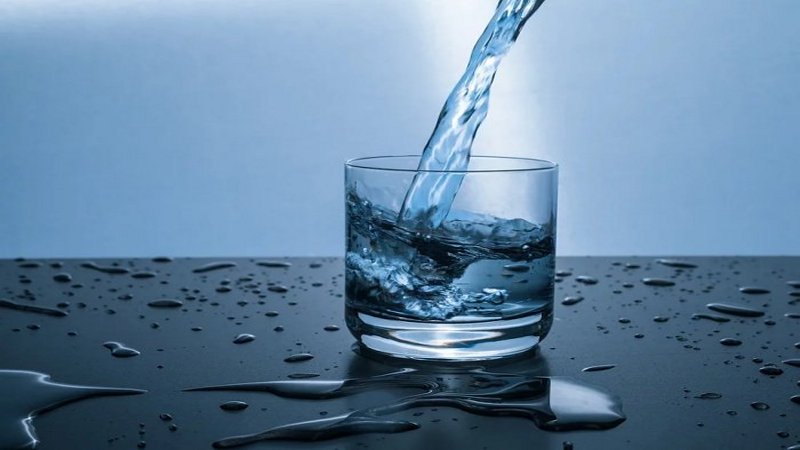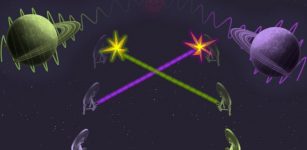Water Is Highly Unique – It Has Multiple Liquid States – New Study
Eddie Gonzales Jr. – MessageToEagle.com – Water has many highly unique properties. The way it responds to changes in pressure and temperature can be completely different from other liquids, and these properties are essential to many practical applications and particularly to life as we know it.
Now, an international team, led by Anders Nilsson, professor of chemical physics at Stockholm University, has used X-ray lasers and successfully studied the transformation between two different liquid states of water.
The study can explain many of water’s anomalous properties and also shows that water can exist in two different liquid states.
Water, both common and necessary for life on Earth, behaves very strangely in comparison with other substances. How water’s properties such as density, specific heat, viscosity, and compressibility respond to changes in pressure and temperature is completely opposite to other liquids that we know. Consequently, water is often called “anomalous”. If water would have behaved as a “normal liquid” we would not exist, since marine life could not have developed. However, it is still an open question: what causes these anomalies?
The usual “liquid” state of water that we are all familiar with corresponds to liquid water at normal temperatures (approximately 25 degrees C). However, the recent study shows that water at low temperatures (approximately -63 degrees C) exists in two different liquid states, a low-density liquid at low pressures and a high-density liquid at high pressures.
These two liquids have different properties and differ by 20% in density.
There have existed a number of explanations for the strange properties of water and one of them propose that water has the ability to exist as two different liquids at different pressures and at low temperatures.
“What was special was that we were able to X-ray unimaginably fast, before the water froze, and could observe how one liquid transformed to the other,” Anders Nilsson, Professor of Chemical Physics at Stockholm University in a press release.
“For decades, there has been speculations and different theories to explain these anomalous properties and why they get stronger when water becomes colder. Now we have found that the two liquid states are real and can explain the water strangeness.”
“I have studied several forms of disordered ices for a long time with the goal to determine whether they can be considered a glassy state representing a frozen liquid”, says Katrin Amann-Winkel, Senior Researcher in Chemical Physics at Stockholm University. “It is a dream come true to see that indeed they represent real liquids and we see the transformation between them”.
“We worked so hard for several years to conduct measurements of water under such low-temperature conditions without freezing and it is so rewarding to see the outcome”, says Harshad Pathak, Researcher in Chemical Physics at Stockholm University. “Many attempts over the world have been made to look for the two liquids by putting water in tiny compartments or mixing it with other compounds but here we could follow it as simple pure water”.
“I wonder if the two liquid states as fluctuations could be an important ingredient to the biological processes in living cells”, says Fivos Perakis, Assistant Professor in Chemical Physics at Stockholm University. “The new result can open up many new research directions also about water in biological sciences”.
“Maybe one of the liquid forms is more prominent for water in small pores inside membranes used to desalinate water”, says Marjorie Ladd Parada, Postdoc at Stockholm University. “I think the access to clean water will be one of the major challenges with climate change.”
“There has been an intense debate about the origin of the strange properties of water for over a century since the early work of Wolfgang Röntgen”, further explains Anders Nilsson.
“Researchers studying the physics of water can now settle on the model that water can exist as two liquids in the supercooled regime. The next stage is to find if there is a critical point when the two liquids cross over to become only one liquid, as the pressure and temperature changes. A big challenge for the next few years.”
Written by Eddie Gonzales Jr. – MessageToEagle.com Staff











